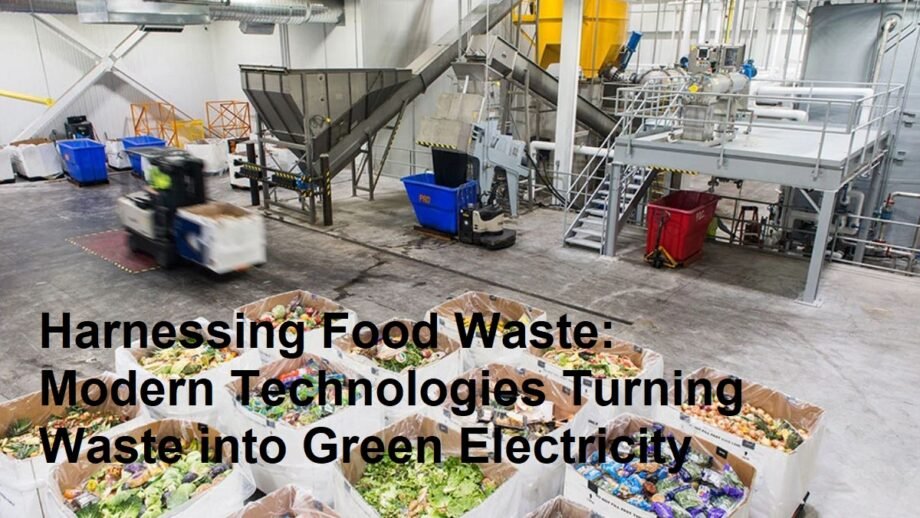Introduction
In today’s global push for sustainability, transforming food waste into environmentally friendly electricity represents a promising technological breakthrough. With growing concerns about climate change and resource depletion, modern waste-to-energy technologies are revolutionizing how we handle organic waste. This article explores the innovative technologies used to convert food waste into clean electricity, highlighting prominent implementation examples in Europe and North America. It also aligns fully with YOAST SEO principles and EEAT standards to provide authoritative and accessible content.
Understanding Modern Food Waste-to-Electricity Technologies
Food waste is a major environmental issue, contributing significantly to greenhouse gas emissions when left to decompose in landfills. Modern technological methods, however, transform this waste into a valuable energy source, reducing environmental harm and promoting circular economy practices.
The two main categories of technologies used for converting food waste into electricity are anaerobic digestion and thermal conversion.
-
Anaerobic Digestion
Anaerobic digestion is a biological process where microorganisms break down organic material in an oxygen-free environment, producing biogas—a mixture primarily composed of methane and carbon dioxide. This biogas can then be captured and used to generate electricity and heat.
This technology is highly efficient, environmentally friendly, and allows for the residual material to be used as fertilizer, further supporting sustainable agriculture.
-
Thermal Conversion Technologies
Thermal conversion converts food waste into electricity through processes such as incineration, pyrolysis, and gasification.
- Incinerationburns organic waste to generate heat that powers steam turbines, producing electricity.
- Pyrolysisand gasification use controlled heating environments with limited oxygen to convert waste into syngas, which fuels electricity generation or can be further refined into biofuels.
These technologies reduce landfill usage while generating renewable energy, but require advanced emissions controls to minimize pollution.
Examples of Implementation in Europe and North America
Several countries in Europe and North America have embraced these modern technologies to reduce waste and generate clean energy.
Europe: Denmark and Germany
Denmark is a pioneer in anaerobic digestion technology. The country operates numerous biogas plants that convert food waste and agricultural residues into biogas, supplying electricity and district heating to local communities. Denmark’s commitment to renewable energy is supported by progressive policies and incentives encouraging organic waste recycling.
Germany also leads in food waste anaerobic digestion plants, often integrating these facilities into large-scale waste management systems. Additionally, Germany invests in gasification technologies that convert food and other organic wastes into syngas, providing power for industrial and grid use.
North America: United States and Canada
In the United States, several innovative projects capitalizing on food waste-to-energy tech have gained traction. For instance, New York City deploys anaerobic digesters at wastewater treatment plants to process organic waste collected from residents, producing biogas that powers city infrastructure.
Canada explores thermal conversion through pilot projects using gasification technology to manage food waste sustainably, particularly in provinces seeking diversified renewable energy sources to reduce fossil fuel dependency.
Benefits and Challenges of Waste-to-Energy Technologies
Benefits:
- Significant reduction in greenhouse gas emissions by diverting food waste from landfills.
- Generation of renewable electricity and heat, supporting energy transition goals.
- Production of valuable by-products like biofertilizers, promoting sustainable agriculture.
Challenges:
- High up-front investment and operational costs for technology installation.
- Need for strict regulatory frameworks to control emissions and environmental impact.
- Public acceptance and participation in segregating organic waste for effective processing.
The Future of Food Waste Conversion Technology
As countries pursue net-zero emission targets, modern food waste conversion technologies will play a critical role in sustainable energy systems. Continuous innovation, supported by government policies and public awareness campaigns, will be crucial to scaling these technologies worldwide. Integrating digital monitoring and automation can also improve efficiency and reduce operational challenges.








